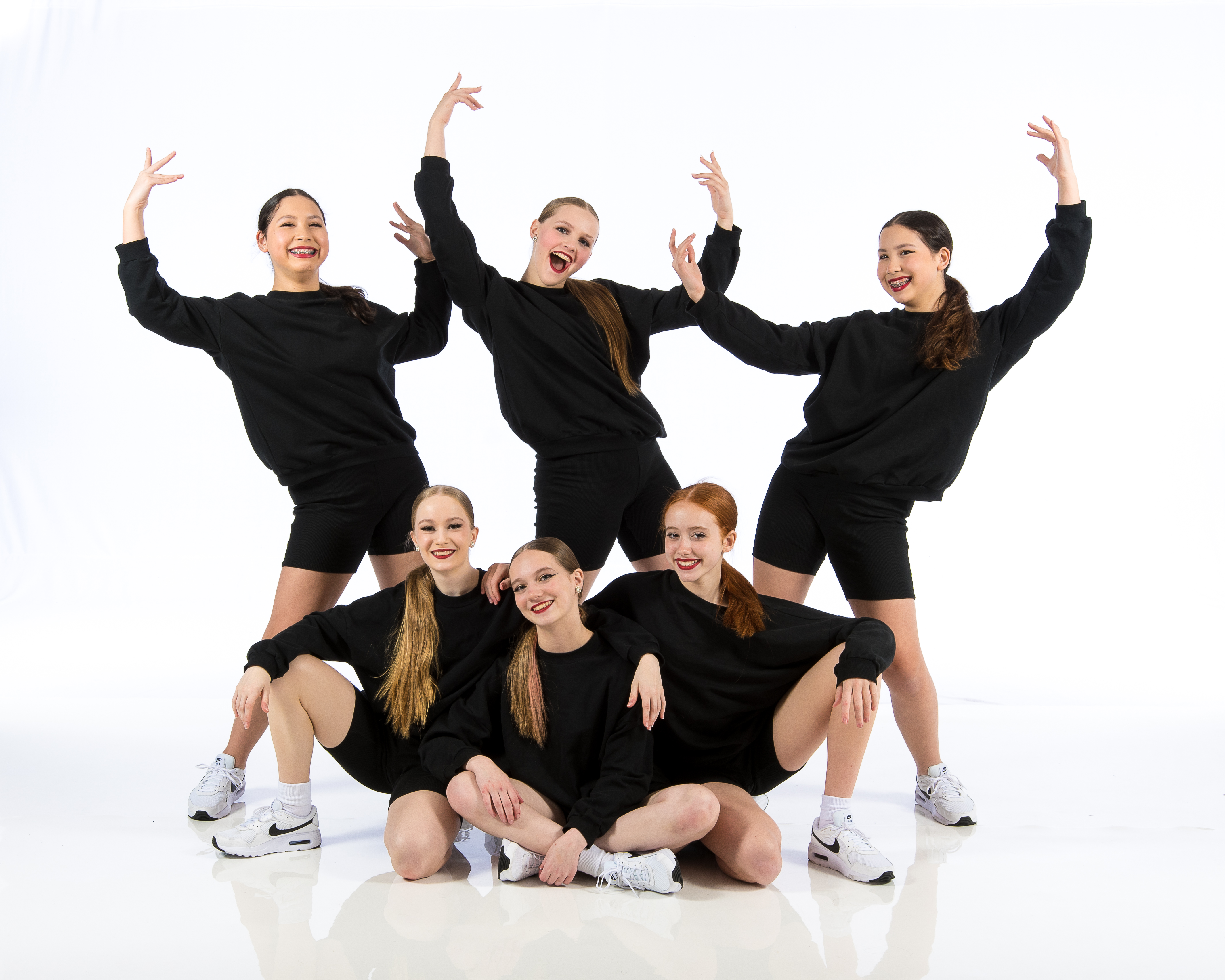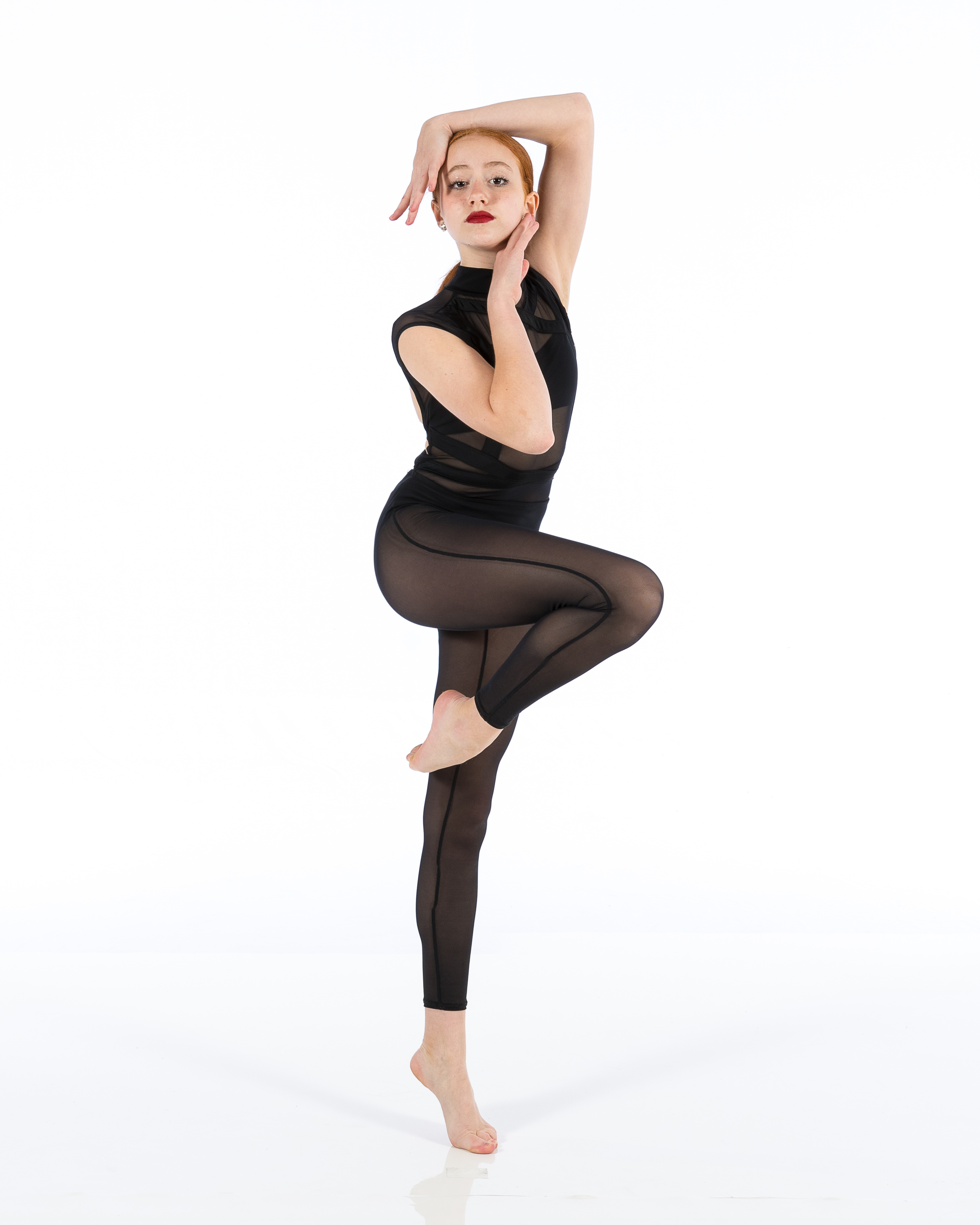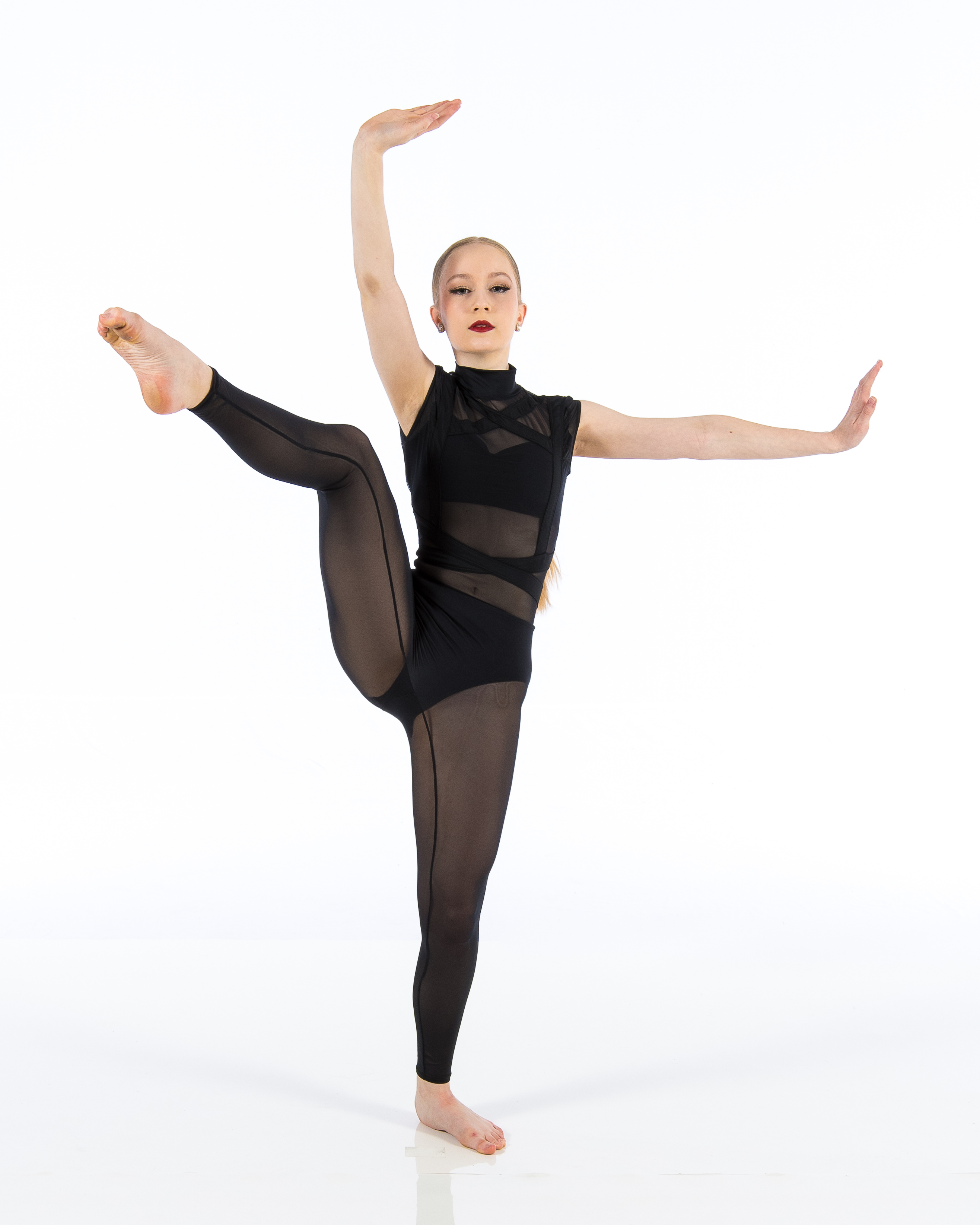Introduction
Dance is an art kind that transcends barriers, joins areas, and ruptureds with the vigor of human expression. Whether you're a budding professional dancer stepping into a dance studio for the very first time or a skilled entertainer wanting to fine-tune your craft, comprehending dance studio rules is necessary for making sure a positive experience. This comprehensive guide entitled From Amateur to Expert: Navigating Dance Studio Decorum for an Unified Experience will certainly take you with every element of dance studio habits, providing insights that will certainly boost your experience and foster more powerful relationships within the dance community.
Understanding Dance Studio Etiquette
What is Dance Studio Etiquette?
Dance workshop decorum describes the collection of rule of thumbs and social norms that govern habits in a dancing class setting. Just like any other imaginative environment, respecting these standards can boost not only your understanding experience however also that of your peers.
Why is Dance Studio Rules Important?
Adhering to appropriate decorum aids produce an ambience of respect, emphasis, and cooperation. It promotes a feeling of area and enables dancers to support each other in their development while lessening distractions during class.
From Beginner to Expert: The Importance of First Impressions
Preparing for Your Initial Class
Walking right into a dance studio for the first time can be stressful. To make a remarkable impression:
- Dress appropriately: Wear comfy outfit appropriate for the sort of dancing you're studying. Arrive early: Aim to reach the very least 10-- 15 mins prior to class begins. This gives you time to sign in, warm up, and settle in.
Greeting Your Instructor
A friendly welcoming sets the tone for your experience. Constantly present yourself if it's your excellent! A straightforward "Hi" or "Good morning" can go a long means in developing rapport.
Classroom Conduct: The Do's and Do n'tshtmlplcehlder 46end.
Do's: Favorable Behaviors
Be Respectful: Regard everyone's individual space-- especially when exercising moves. Listen Actively: Show attentiveness when instructors are speaking; it shows you value their guidance. Support Your Peers: Encourage fellow professional dancers; positivity types encouragement.Don'ts: Adverse Behaviors
Avoid Distractions: Maintain individual discussions outside the classroom. Don't Use Your Phone: Silence your phone throughout class; it's disruptive. Refrain from Interrupting: Wait until the teacher coatings before asking questions.The Function of Personal Room in Dance Studios
Understanding Boundaries
Personal area differs from one person to another, especially in a dancing setup where physical proximity is frequently needed during practice routines.
Communicating Convenience Levels
If you feel uneasy with just how close one more professional dancer is getting throughout partnered workouts or formations, it's important to connect this pleasantly and professionally.
Maintaining Professionalism and trust: Outfit Code and Grooming
Importance of Proper Attire
Each dance design frequently has its very own gown code-- whether it be leotards for ballet or baggy garments for hip-hop classes-- adhering to these requirements shows respect for both your craft and your instructor.
Personal Health Matters
Dancing needs physical effort, which can result in sweating. Ensure you preserve excellent health by bathing before course and putting on tidy attire.
Behavior During Class: Focusing on Learning
Engaging with Instruction
It's essential to stay concentrated during demos. Rather than merely viewing, actively engage by picturing just how you would certainly execute each movement.
Asking Concerns Appropriately
Curiosity improves finding out! If something isn't clear, do not hesitate to ask inquiries-- yet ensure they matter and Dance Academy positioned at appropriate times (preferably after guidelines).
Feedback: Embracing Positive Criticism
Accepting Responses Gracefully
Constructive criticism is component development in any art type. Welcome responses with an open mind and avoid ending up being defensive; bear in mind that critique intends to assist improve your skills!
Offering Responses Thoughtfully
When providing responses to peers, ensure it's useful instead of vital; concentrate on what they did well alongside locations for improvement.
Creating Harmony Through Teamwork
The Relevance of Team Spirit
In lots of dancing designs, synergy plays a critical duty; developing sociability with fellow dancers results in boosted performances.
Collaborating Throughout Team Exercises
When associated with team tasks or choreography methods, encourage imagination by respecting every person's ideas while additionally adding yours constructively.
Handling Conflicts Gracefully
Addressing Arguments Maturely
Conflict might develop as a result of misunderstandings or differing point of views on choreography choices. Tackle these concerns privately rather than openly airing grievances which could interrupt class harmony.
Seeking Arbitration When Necessary
If problems escalate beyond individual resolution initiatives-- seek advice from instructors who can moderate effectively based upon their experience managing similar situations.
Post-Class Rules: Leaving on an Excellent Note
Thanking Trainers After Class
Always share appreciation in the direction of your instructor after lessons; this strengthens positive connections while acknowledging their difficult work!

Keeping the Studio Clean
Whether it's picking up canteen or neatly setting up props post-class-- preserving sanitation lionizes for shared spaces used by all dancers!
Engaging Beyond Course Time: Building Area Relationships
Joining Social Events
Participate in gatherings arranged by workshops such as displays or open homes-- these gatherings offer opportunities for networking while boosting neighborhood connections outside structured lessons!
Supporting Other Dancers' Performances
Attending peers' efficiencies shows uniformity within the dance area-- it urges engagement beyond mere attendance at classes!
Frequently Asked Questions (Frequently asked questions)
1. What need to I put on for my first dance class?
Pick comfy clothes appropriate for the specific style you're taking (e.g., leotards for ballet). Constantly ask about dress codes beforehand!

2. Is it alright to chat during class?

3. Just how do I manage feeling overwhelmed?
Take deep breaths & & advise yourself that every professional dancer started somewhere! Interact any fight with teachers who might offer added aid if needed!
4. Suppose I differ with choreography choices?
Express issues respectfully either privately or within marked feedback sessions rather than freely critiquing during rehearsals; preserving professionalism and trust assists fix differences amicably!
5. Must I bring water into the studio?
Definitely! Remaining moisturized boosts performance levels; simply guarantee containers are firmly shut so spills do not occur on floors where others are dancing!
6. Exactly how important is punctuality?
Preparation is critical as showing up late disrupts concentration degrees while creating diversions; objective constantly arrive early sufficient permitting time warm-up properly before classes commence!
Conclusion
Navigating through a dance studio atmosphere can seem daunting initially look yet grasping proper decorum eventually transforms one's trip from beginner standing towards professional level artistry! By adhering carefully established behaviors detailed throughout this overview titled From Amateur To Expert: Browsing Dance Studio Decorum For A Harmonious Experience *, you'll cultivate vital friendships within communities enriched imagination while refining technical prowess along with appreciated advisors! So shoelace up those footwear with confidence step onto that floor-- the world awaits your special expression with movement!